Wednesday, June 29th, 2011, I took a trip to Moonlight Beach in Encinitas, California.
I was an art student studying to become some sort of artist in the entertainment industry. I knew I had to study hard to become a brilliant artist studios would be eager to hire. Despite this direction I believed I was headed in my artistic journey, I felt lost.
Earlier that year, my partner showed me the film South Park: Bigger, Longer & Uncut. I haven't been exposed to South Park much growing up for many obvious reasons, but that viewing came at the right time. South Park is famous for its crude visual style, but witty writing. I had thought my worth as an artist was in how well I could draw. Before me, was a film with simulated construction-paper cutout of simply designed characters that I was fully invested in. I realized then and there that story and writing mattered more than the art. That shattered my entire world.
I was still lost, but I found escape in these characters. In school, I was studying my foundations in art while in my notes and in the small amount of free time I had, these simply designed characters appeared.
There's a heated debate in art academia about fanart. These days, because of social media and the abundance of cases in which fanart got people jobs in the industry, fan art won the battle. But in the early 2010s, fanart was on the losing end in academia. I've seen classmates leave class and never return after our professors would do the "Don't do fanart" speech. My drawings felt extra taboo, which made them more fun.
My illustration professor did take notice.
I looked up to my Illustration Professor. Her art was beautiful, and she did industry jobs I could only dream of doing at the time. She was at the beach that day, and I was excited to see her outside of school.
We chatted about how much we loved this beach, talked about art, and eventually the subject of my South Park art came up. She had liked the show as well, and was amused at my fanart--but she had concerns she wanted to express to me.
"Oh, don't worry," I reassured her. "I only draw South Park in my free time. It's so simple and fun to draw. I don't let it get in the way of my studies."
"Why not make your own characters that are simple and fun to draw?" she asked me.
I didn't answer. I paused. I'm not even sure I remember the rest of that conversation. As much as I will defend an artists' right to draw fanart--she was right. Why don't I make my own characters that are fun to draw?
I'm not sure if it was that day or sometime later, but I came home and put pen to paper in a fresh, new sketchbook, and started drawing some designs, seeking simplicity and fun--not flexing any technical skill. I learned that was no longer important to me.
The following year was full of art from my own characters. They filled sketchbooks and space on my hard drive.
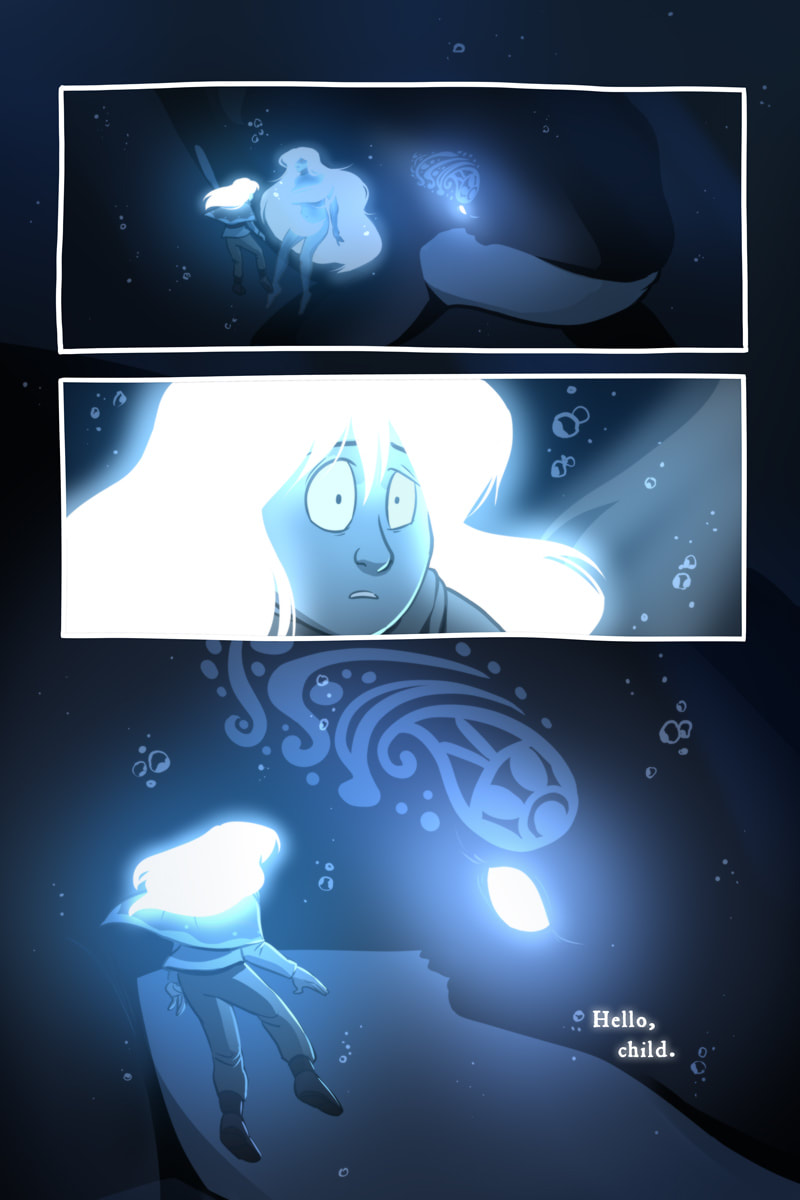
Ten years later... what now?
I'm 29 now, and the irony of my leisure becoming my job has left me without leisure once more. What's especially funny, is that I've found that academic art has found itself back into my life via leisure. I signed up for my first art class since college this summer, and I aspire to be competent in painting outdoors when I travel.
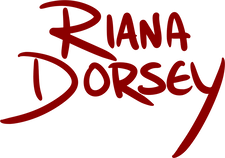

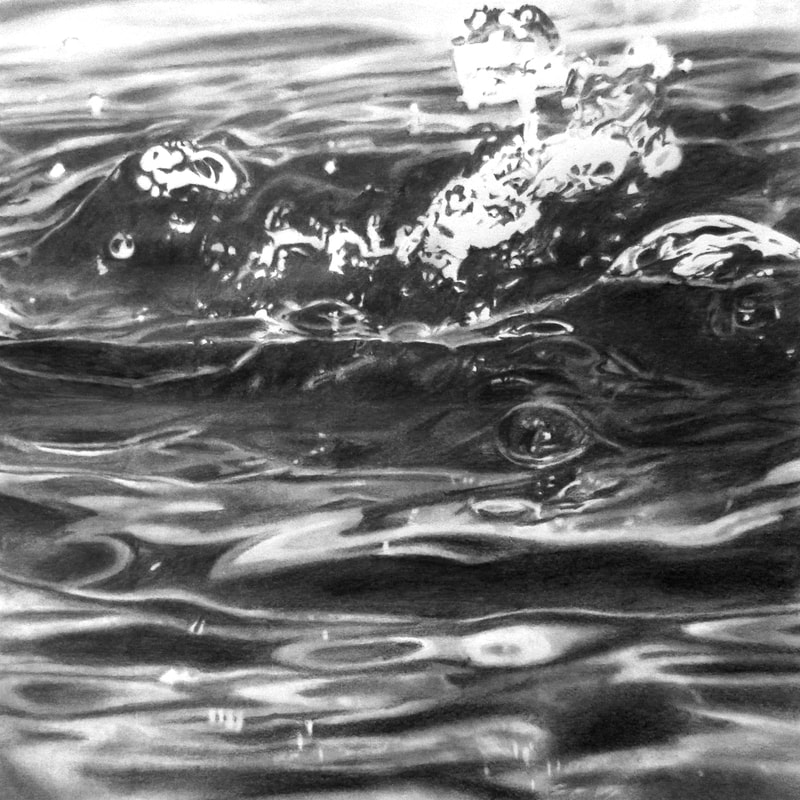
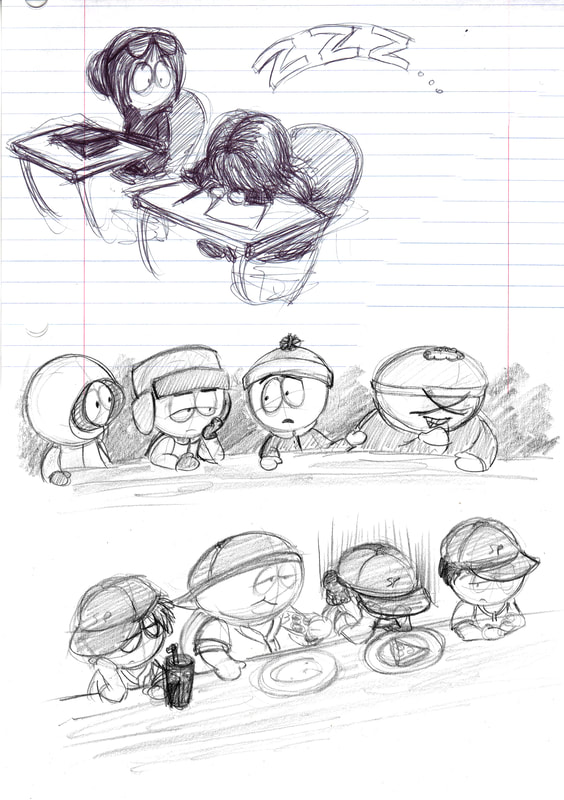
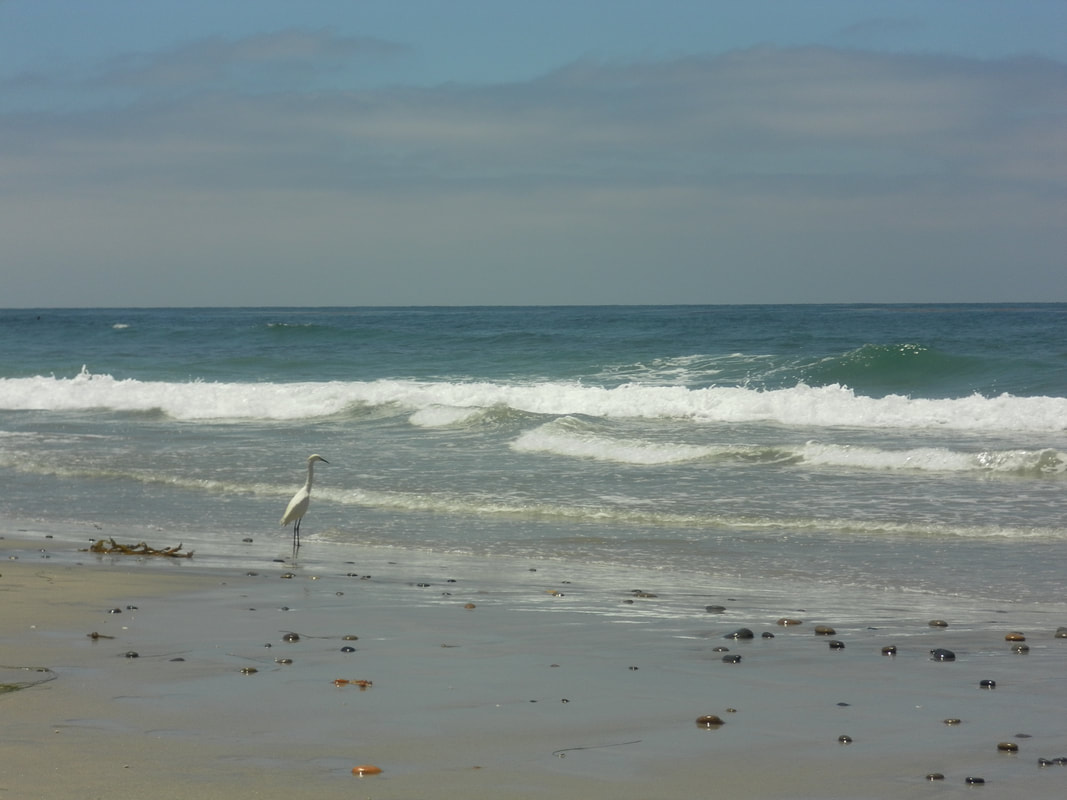
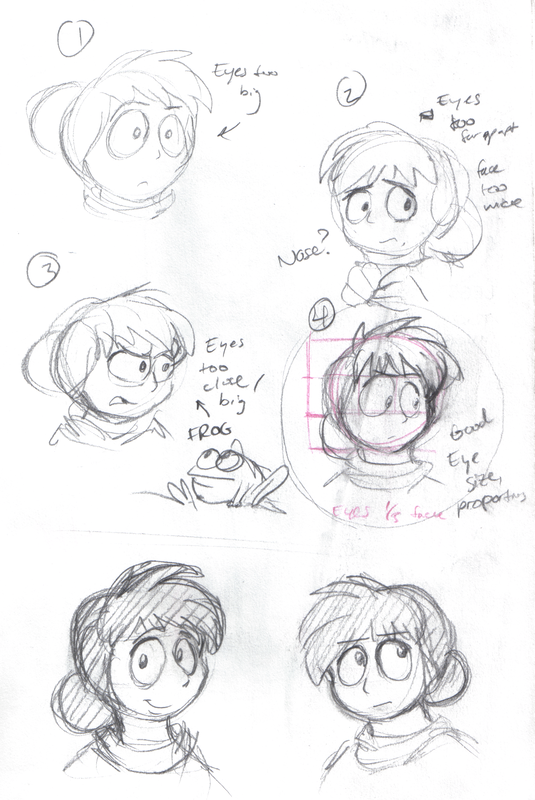
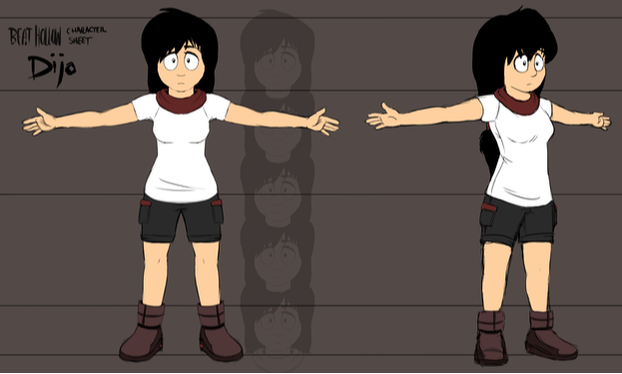
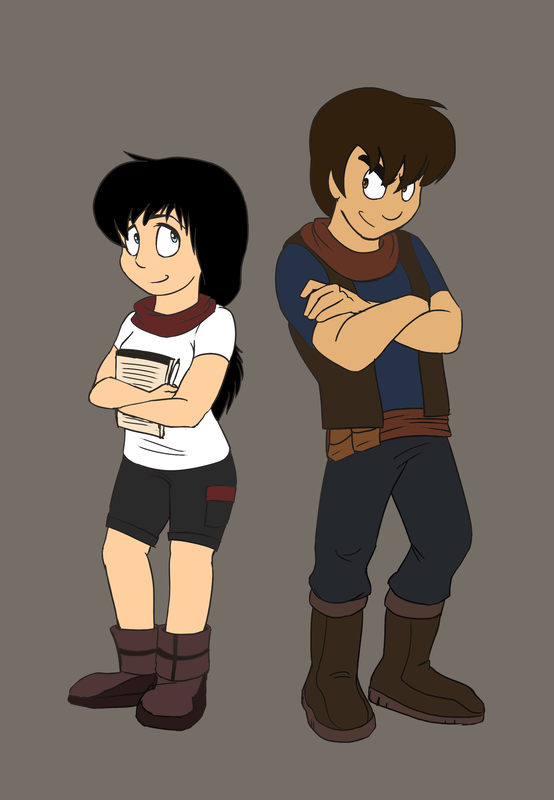
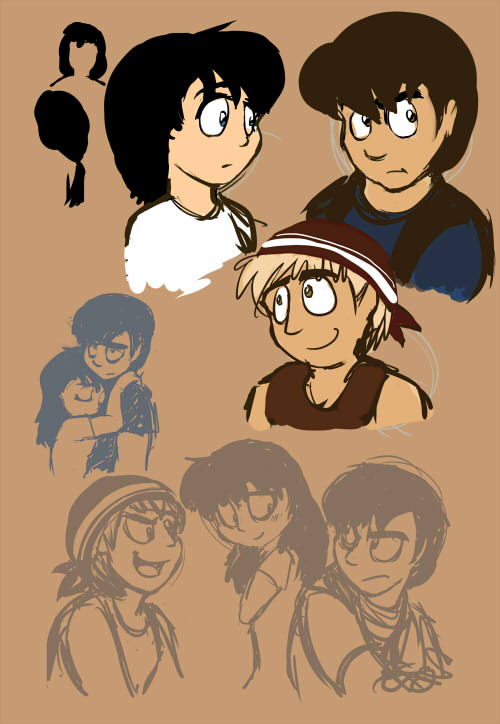
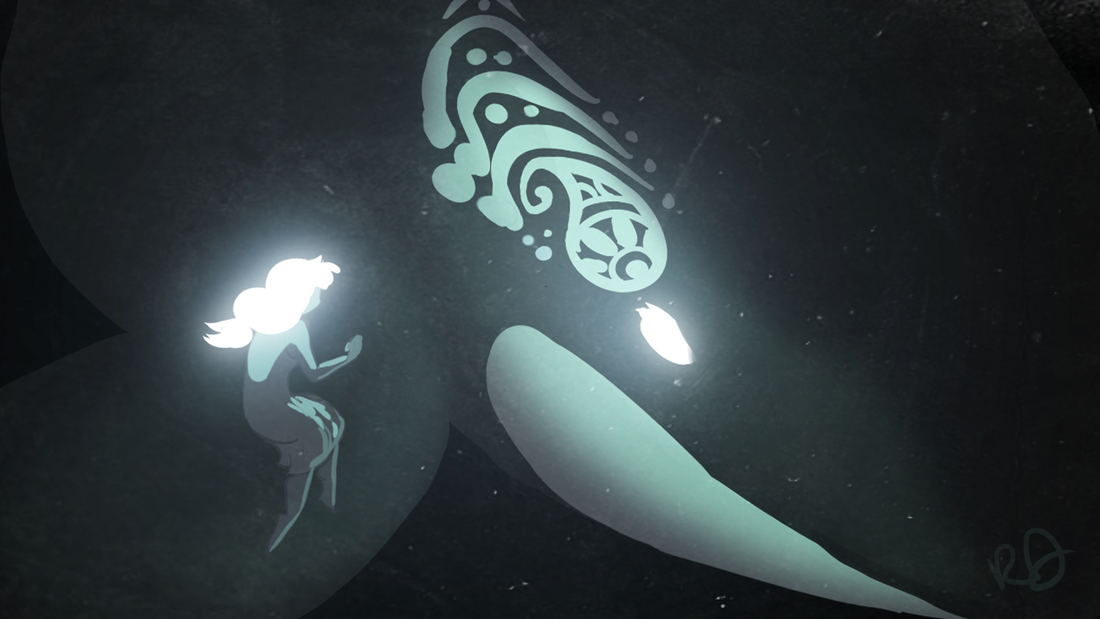
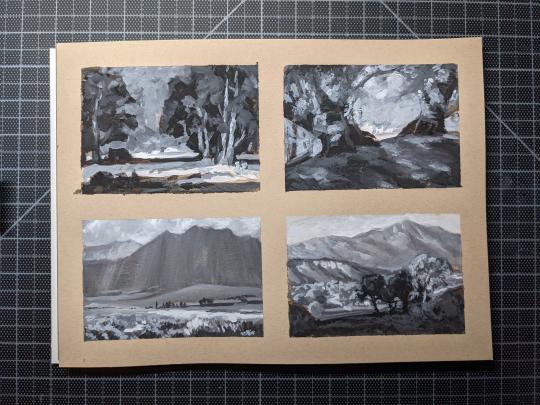
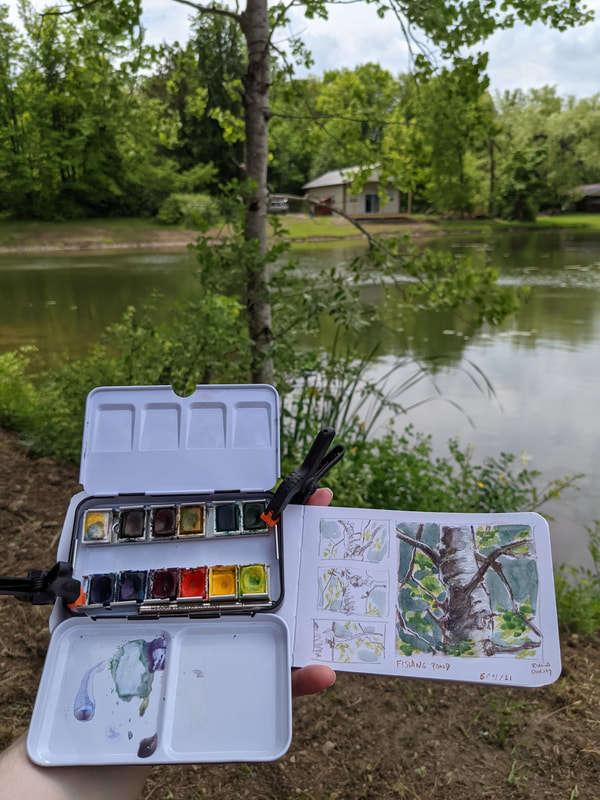
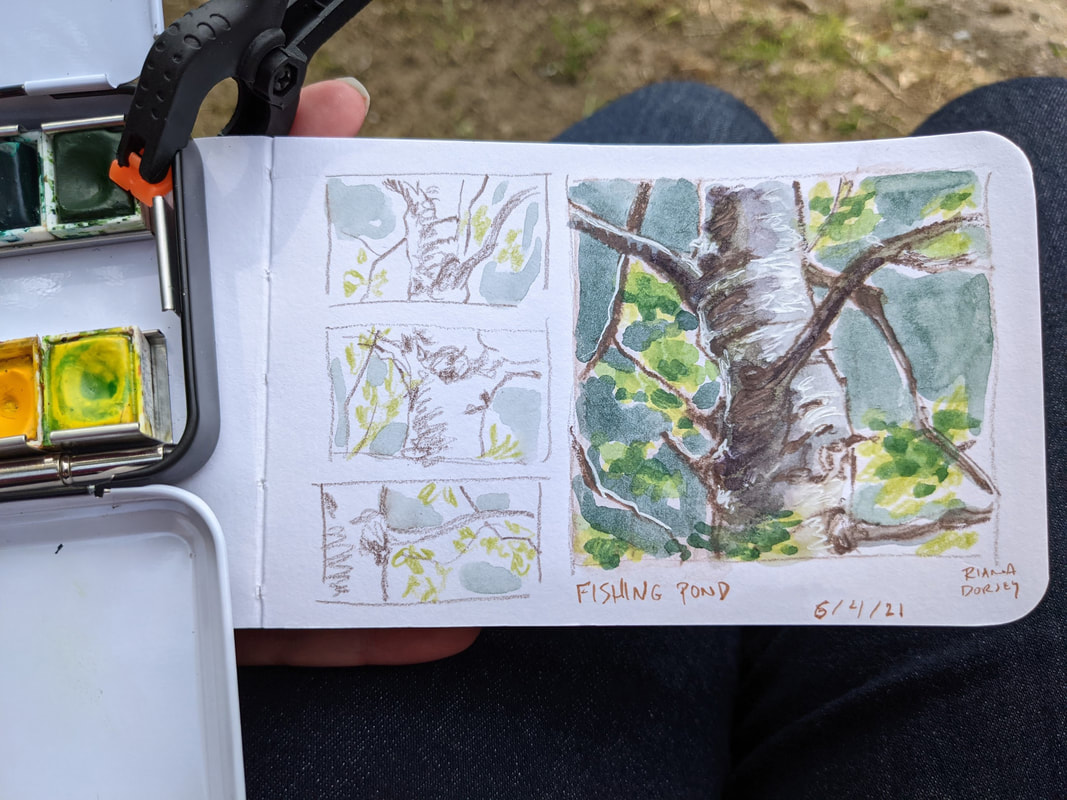
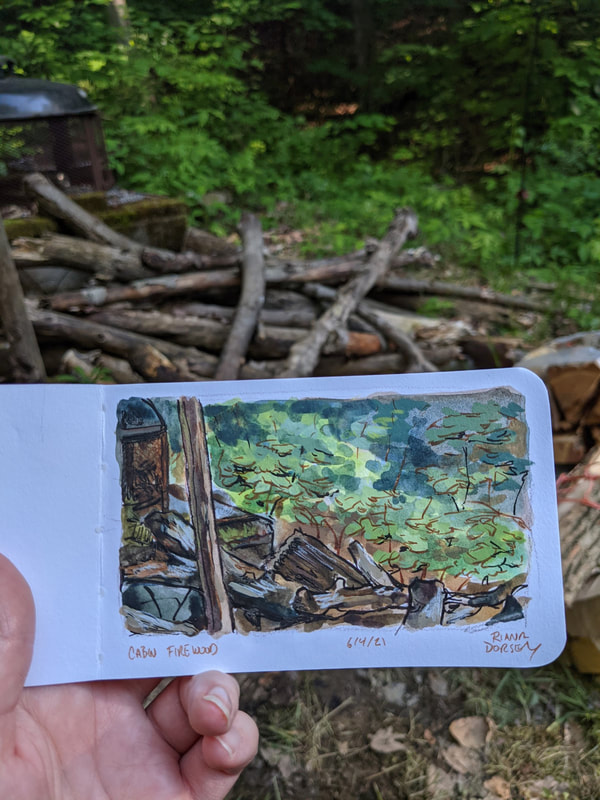
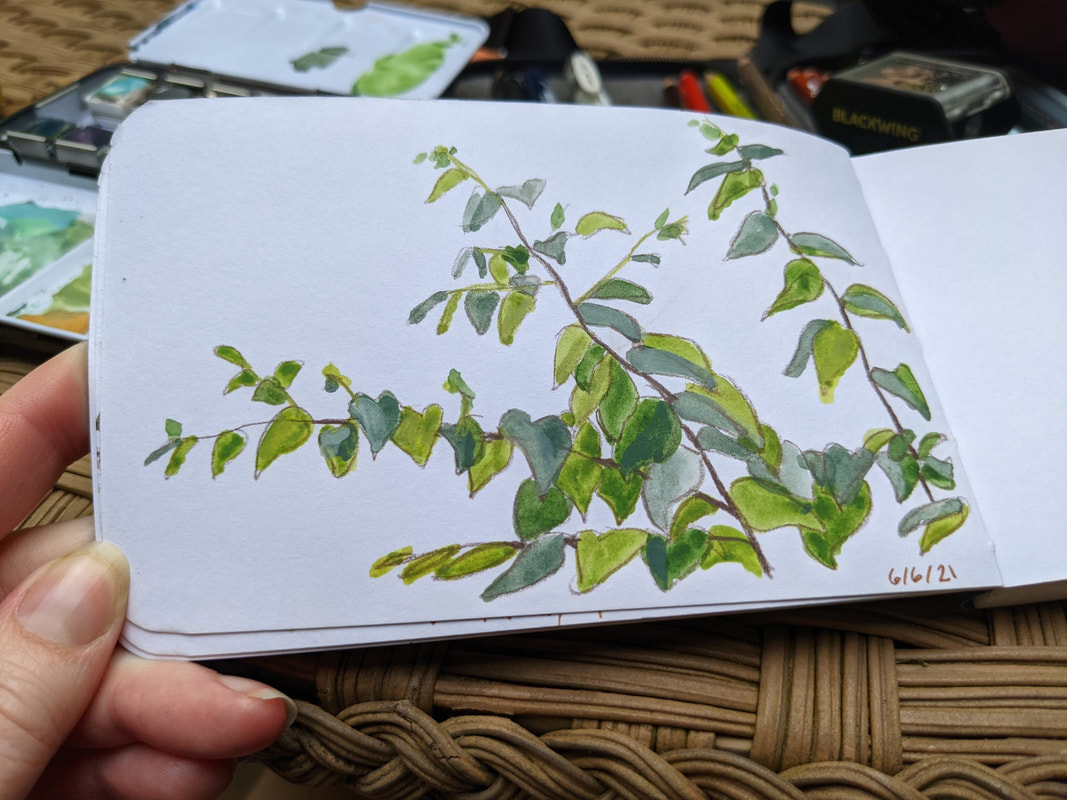
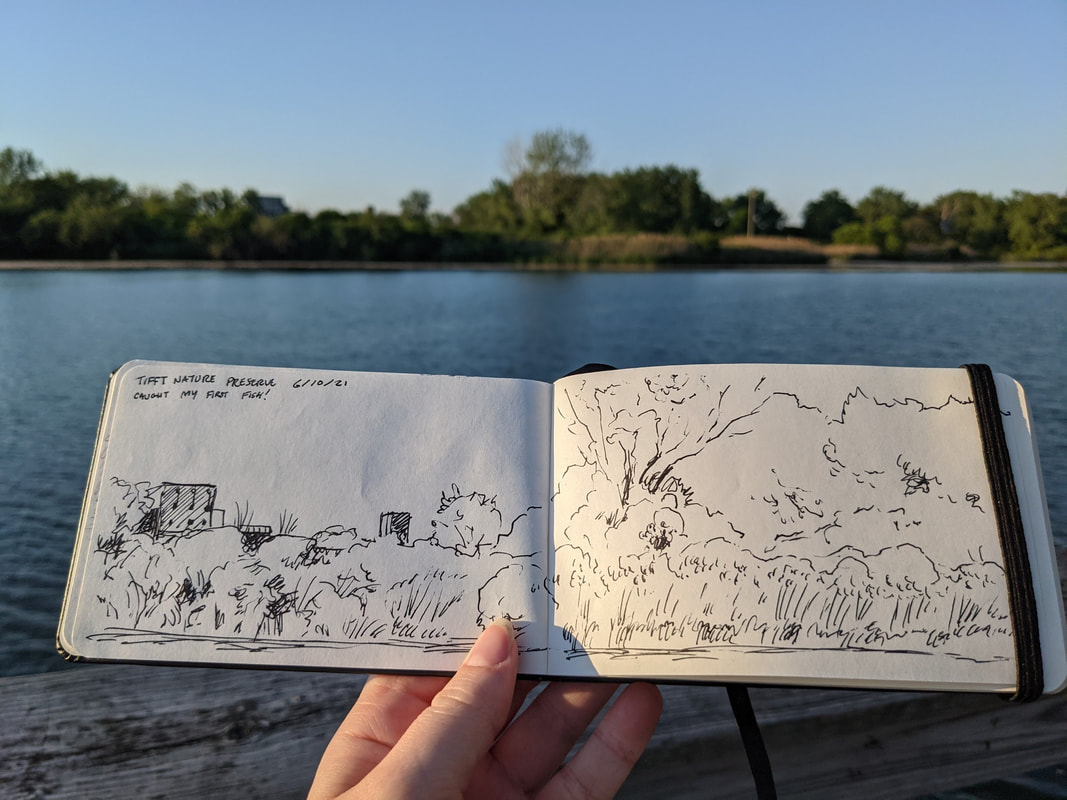
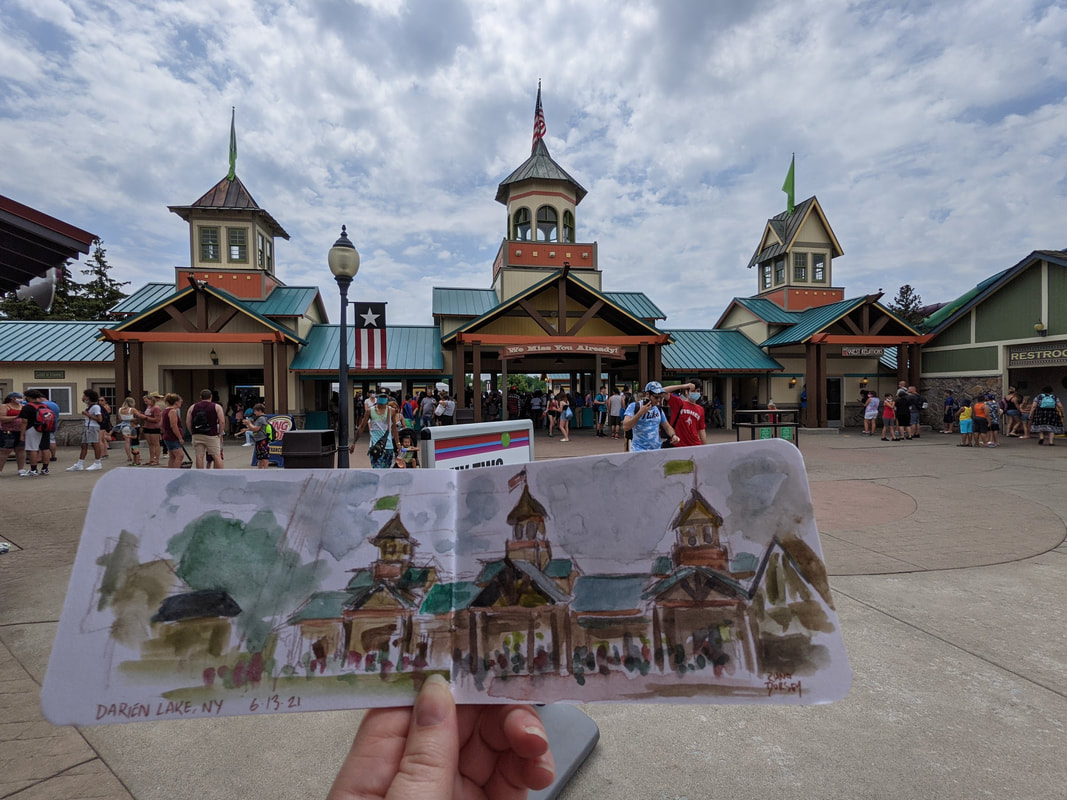
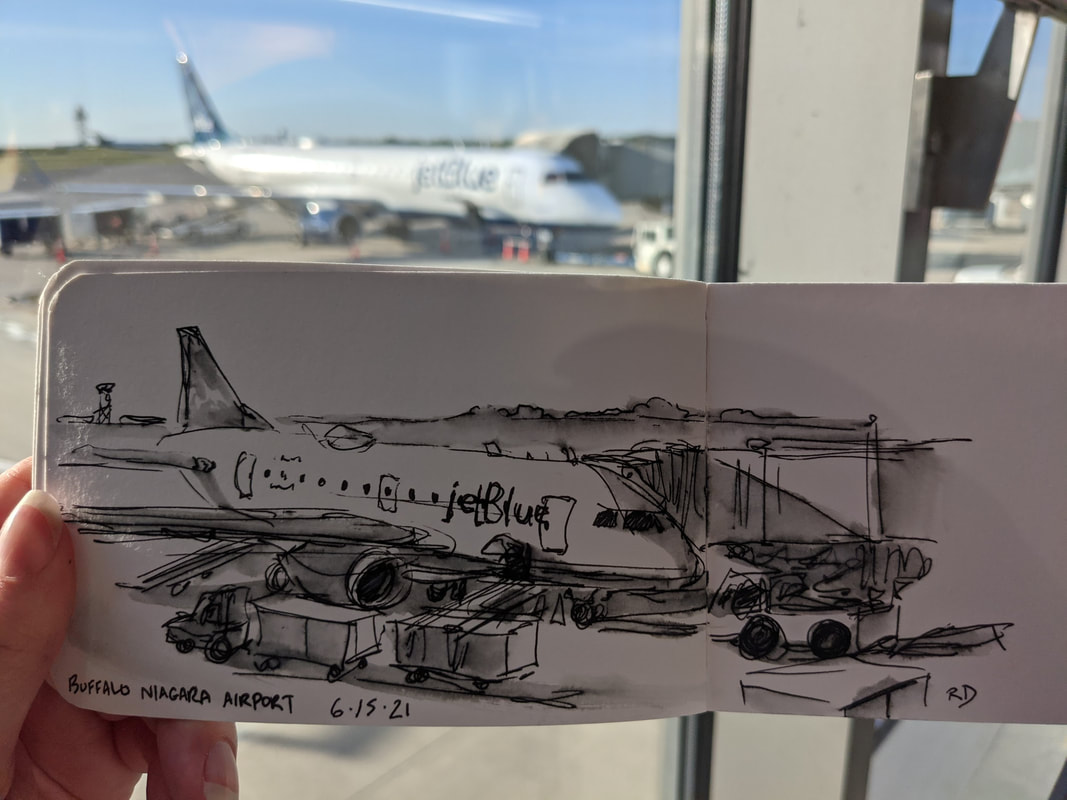
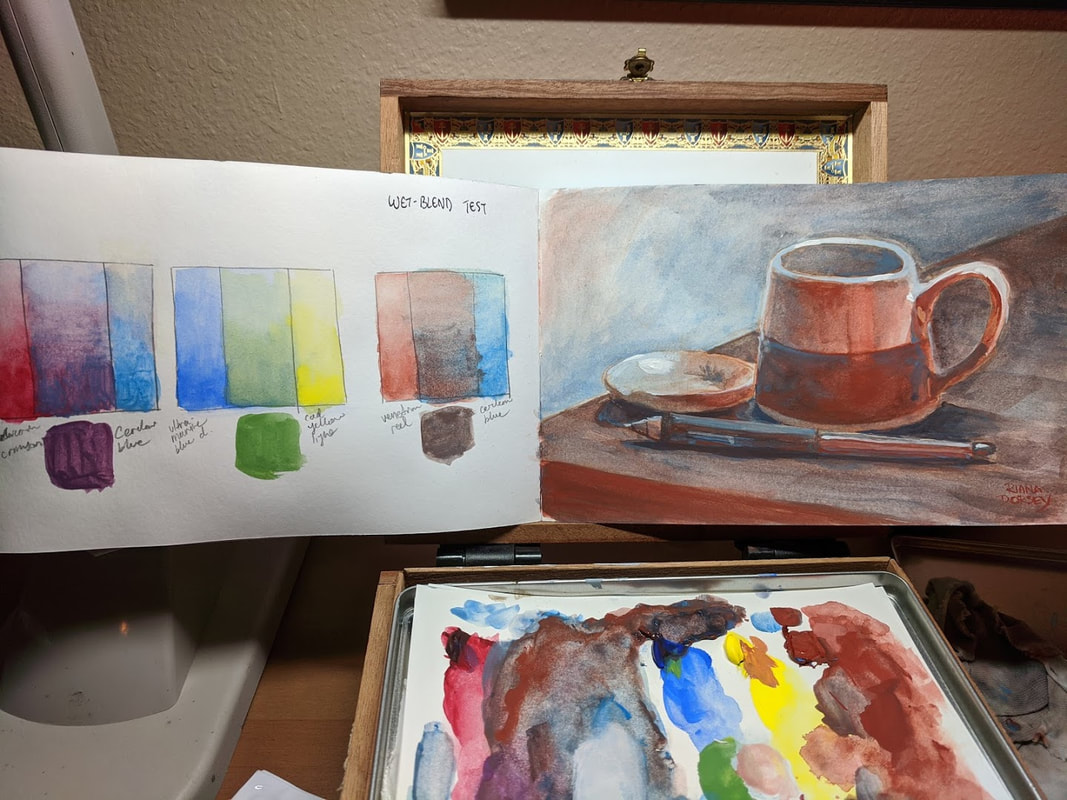
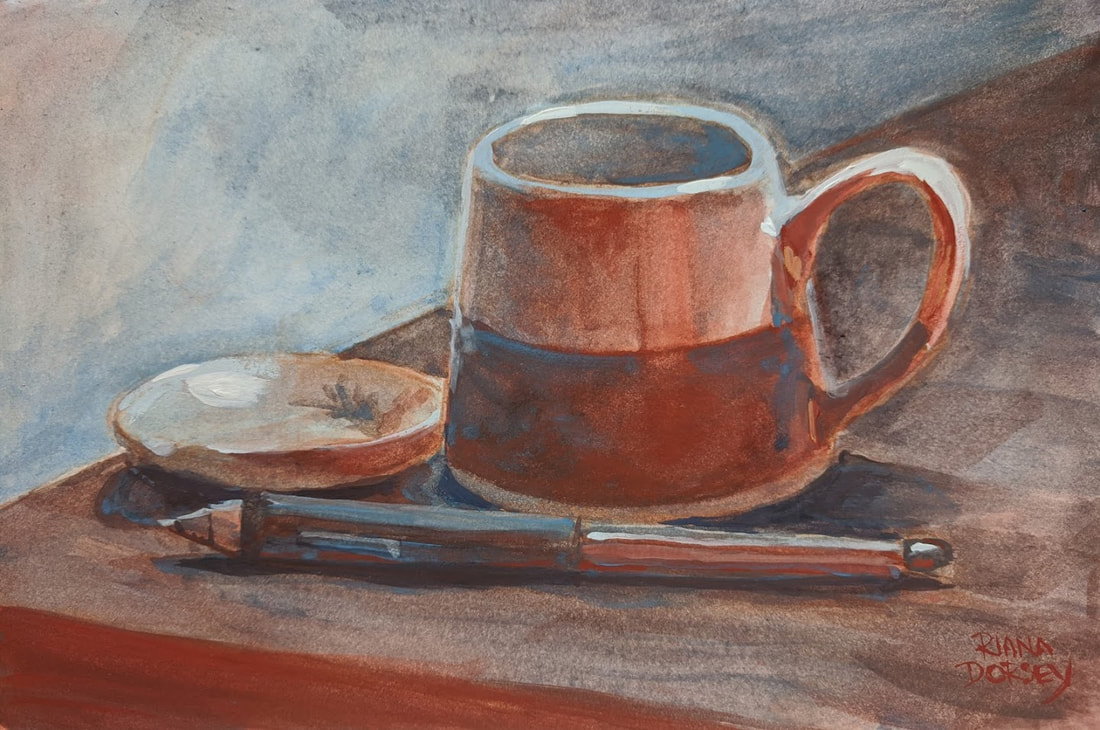
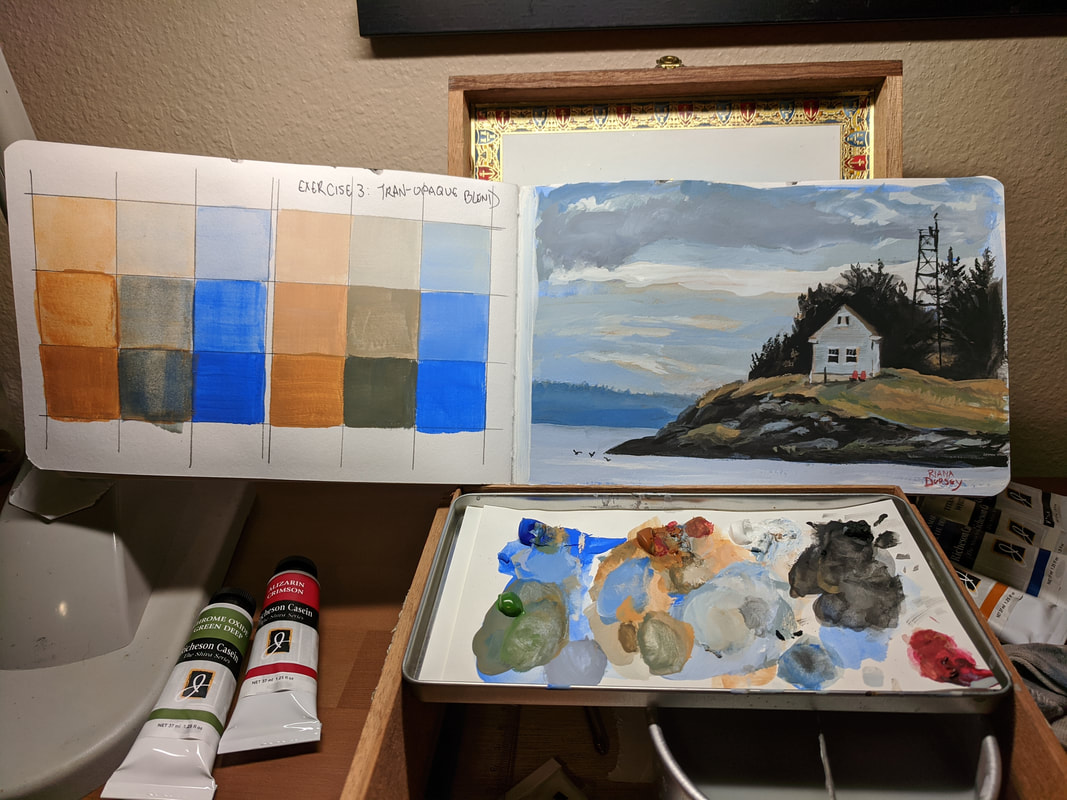
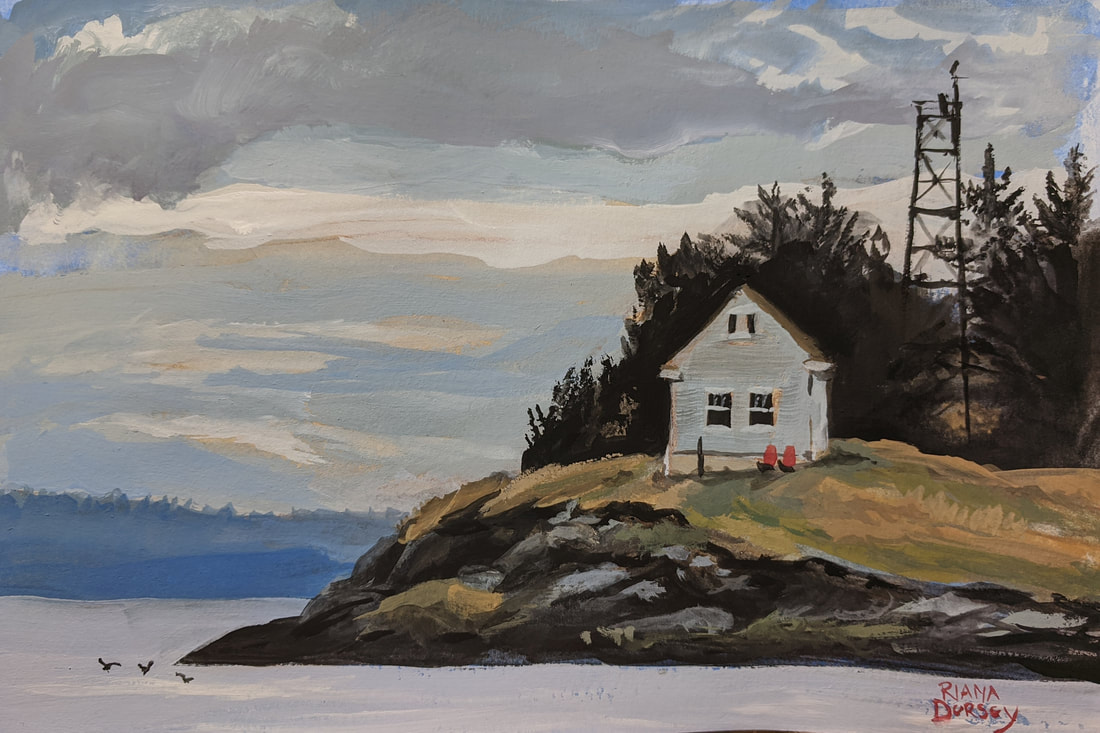
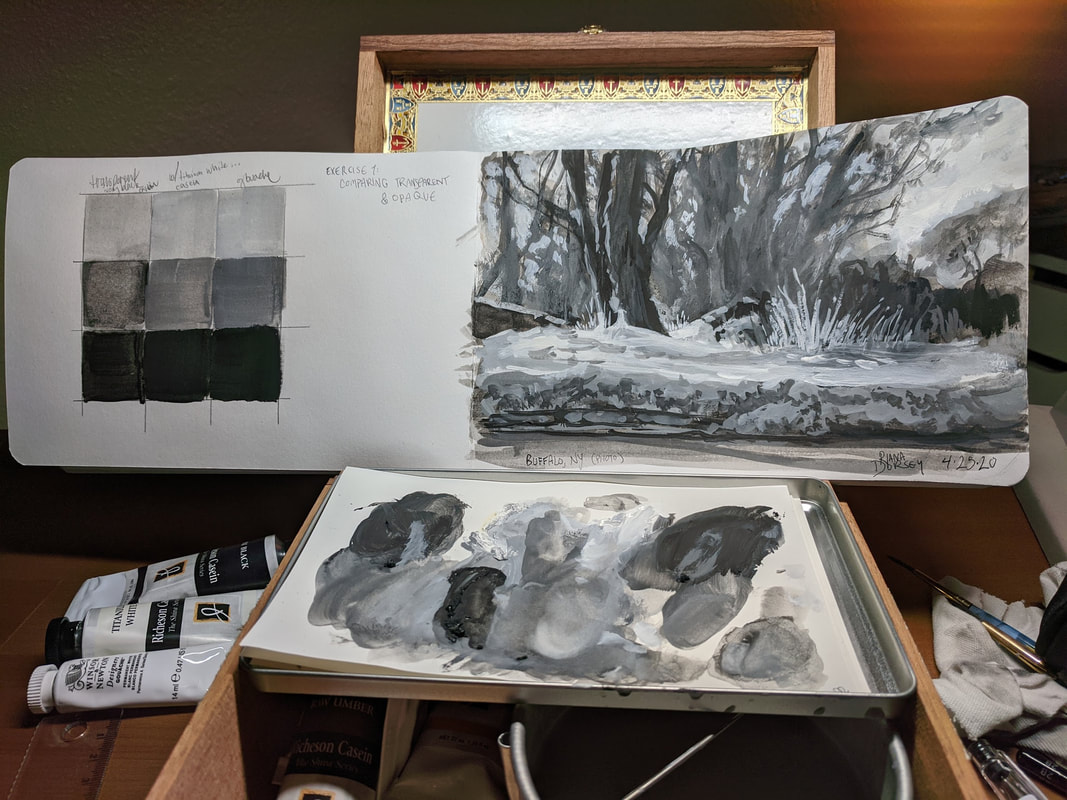
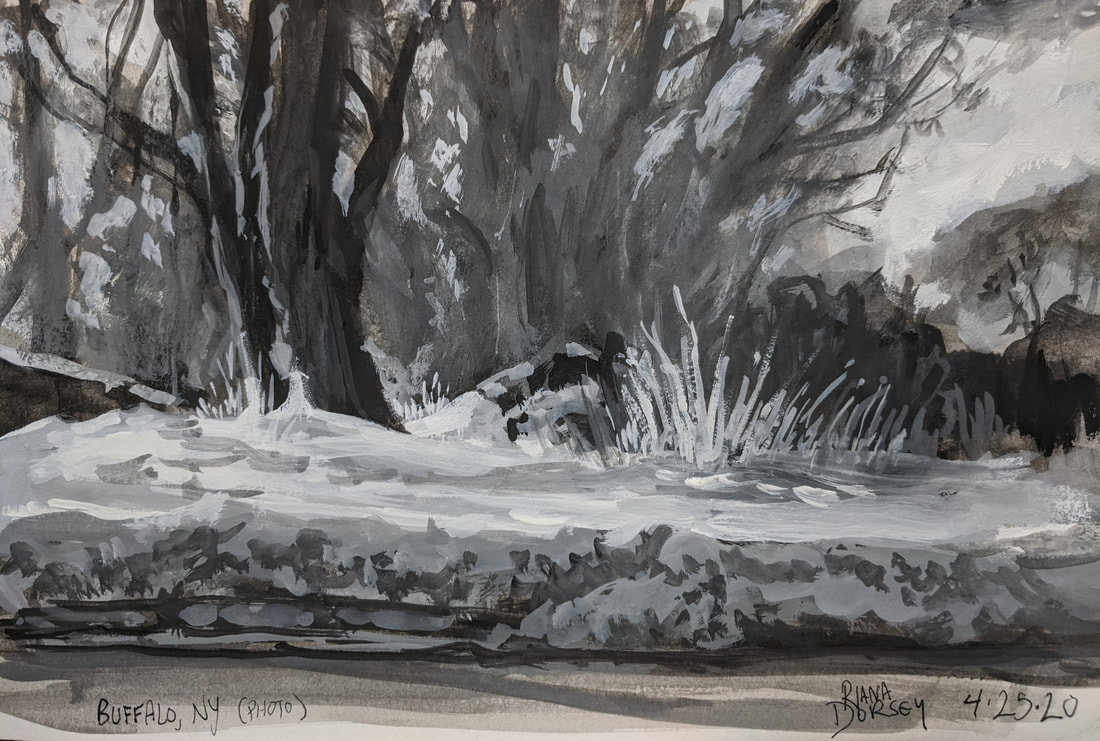
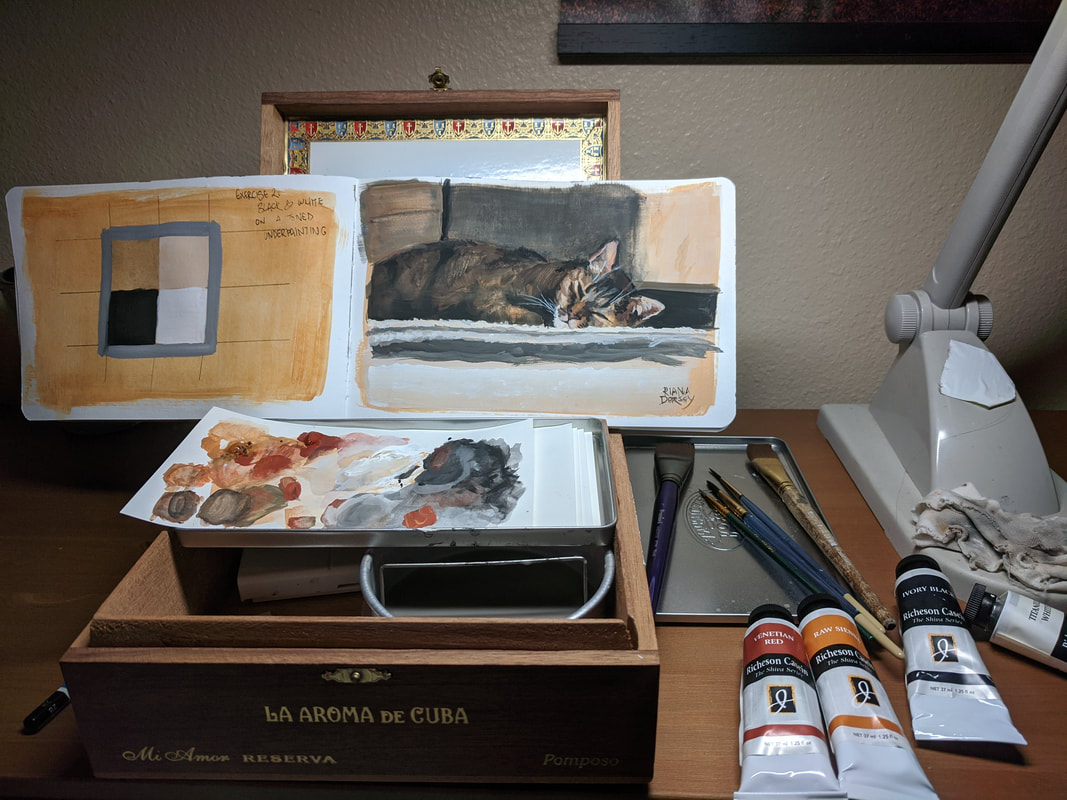
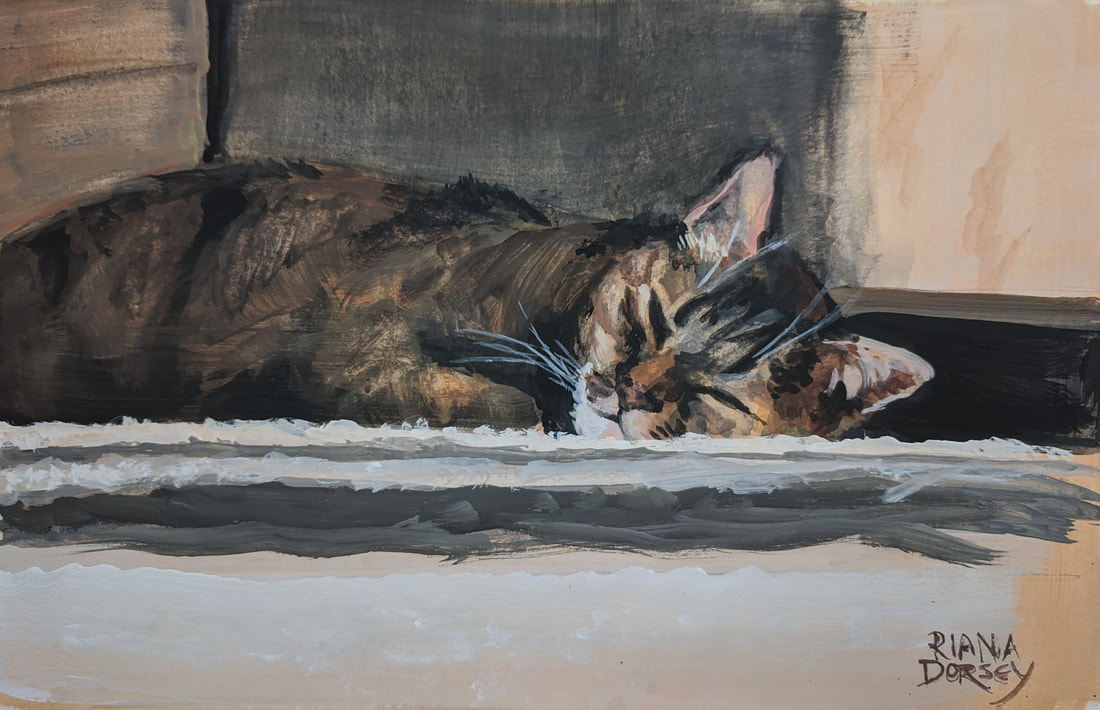
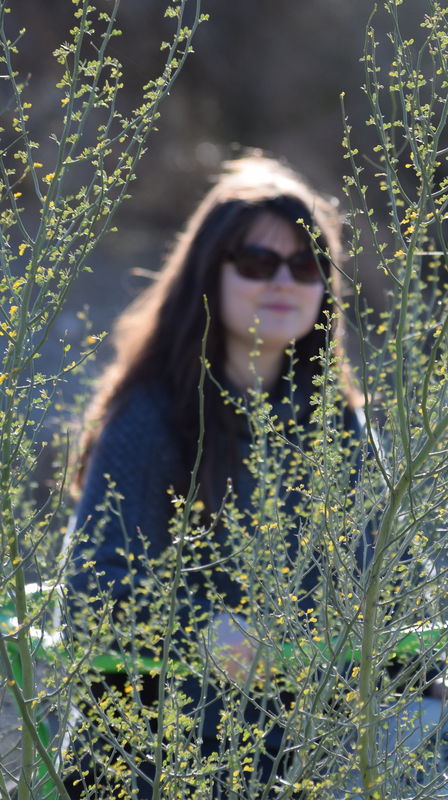
 RSS Feed
RSS Feed